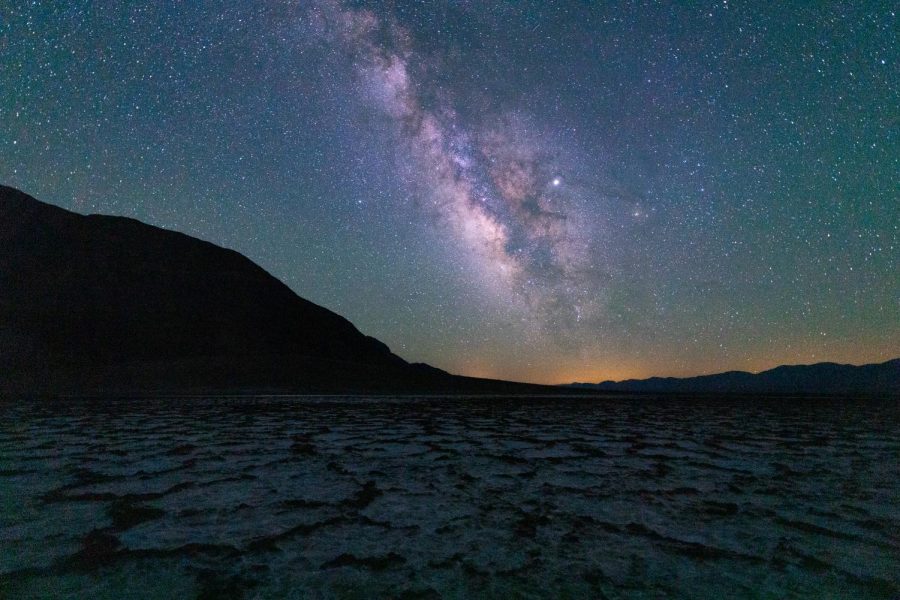NASA and SpaceX will launch their second spacecraft as part of the Commercial Crew Program on Sunday.
The mission, called Crew-1, comes after the successful flight test in May known as Demo-2. The time of departure is estimated to be at 7:27 p.m. Eastern Time from NASA’s Kennedy Space Center in Florida.
NASA’s Commercial Crew Program works with two partner companies, SpaceX and Boeing, in order to develop “commercial crew space” transportation that will eventually allow lower cost traveling to the International Space Station and low-Earth orbit, according to NASA.
“This launching is important not only for NASA, but for the entire United States,” Gustavo Martinez, propulsion systems engineer for NASA.
Four Americans and one Japanese astronauts will be part of the Crew-1 mission. They will travel in a SpaceX Crew Dragon spacecraft and will stay in the space station for 6 months, according to NASA.
“[This mission] has several purposes, some of them scientific and there is also maintanace of the station,” Martinez said.
Martinez, born and raised in the border of El Paso and Ciudad Juárez, has worked as an engineer of the CCP for around five years and specializes in certifying the space crafts’ engines, which entails making sure they will work perfectly for the launch.
In 2010, NASA has invested $50 millions of dollars into their program. In 2015, they named four crew members to work with SpaceX and Boeing in the development of their spacecraft system, but it wasn’t until 2019 when they completed test flights.
Check out photos from today’s dress rehearsal in preparation for the launch of the Crew-1 mission from @NASAKennedy to the @Space_Station. Launch is scheduled for Nov. 14 at 7:49 p.m. ET.
https://t.co/6OY3kX0Dni pic.twitter.com/5KTDfVt51E
— NASA HQ PHOTO (@nasahqphoto) November 13, 2020
The launch was previously scheduled to leave on Saturday, but it was delayed due to weather.
One of the perks of this program will be the expected lowering of costs for space craft traveling, which not only will advance commercial traveling but it will also advance science.
“The commercialization of launches is affecting astronomy because it is really driving down the costs, and large costs are actually a major impediment to putting up telescopes quickly,” John Brewer said, an assistant professor in the Astronomy Department at SF State.
By partnering with private companies, NASA is offering its expertise while utilizing the company’s design of a transportation system that will carry people to space in a “safe, reliable and cost-effective” way that meet NASA’s standards.
Both Martinez and Brewer agree that the exchange of knowledge and skills between the government agency and private companies can bring a great merge that can develop NASA’s CPP, if done right.
“It is putting more innovative designs into producing because you have a more diverse set of engineers,” Brewer said.
Following Sunday’s anticipated launch, the next mission, SpaceX’s Crew-2, is expected to happen in the spring of 2021.










